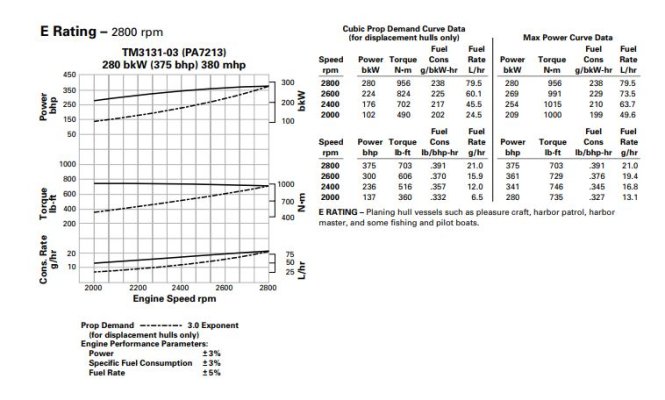FF
Guru
- Joined
- Oct 12, 2007
- Messages
- 22,552
Was walking the dock on Block Island one weekend , to look at the boats, and overheard an interesting conversation.
A pro boat captain with accurate flow scan told the dock master the fuel pumped aboard was impossible. He knew what his tank could take .
The dock master almost instantly agreed to wave his total fill bill .,
A pro boat captain with accurate flow scan told the dock master the fuel pumped aboard was impossible. He knew what his tank could take .
The dock master almost instantly agreed to wave his total fill bill .,

